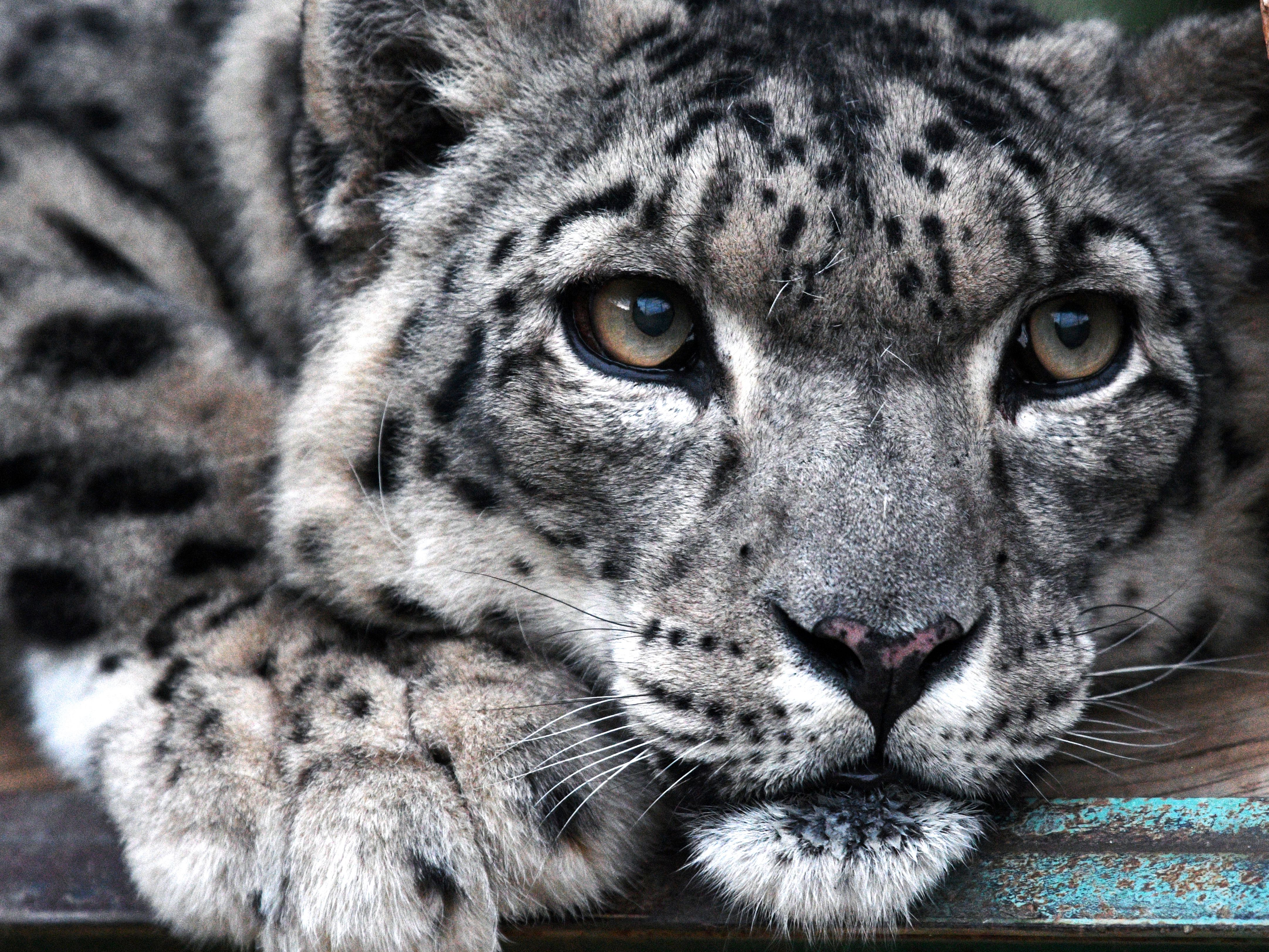- International Snow Leopard Day is on October 23.
- There are fewer than 10,000 mature snow leopards in the world.
- These beautiful animals are almost impossible to spot in the wild because they live above the treeline and because their fur blends in with the snow.
- Visit Insider’s homepage for more stories.
Did you know that snow leopards are more genetically similar to tigers than leopards? Or that there could be as few as 2,700 left in the wild?
Since snow leopards are so rare, not much is known about them in the scientific community, and there are few pictures of them in the wild. While they’ve been documented since 1775, the first photo of one was only captured in the 1970s.
In honor of International Snow Leopard Day, here are 18 photos of these elusive creatures that will have you researching the closest zoos near you.
Snow leopards are classified as “vulnerable” on the IUCN Red List of Threatened Species, meaning there are fewer than 10,000 mature snow leopards in the world.

The biggest threats to their safety are residential and commercial development, agriculture and aquaculture, energy production and mining, and road building, according to IUCN.
In fact, the number is estimated to be as low as 2,710 to 3,386 individuals, as of 2016.

Snow leopards are currently found in Afghanistan, Bhutan, China, India, Kazakhstan, Kyrgyzstan, Mongolia, Nepal, Pakistan, the Altai-Sayan region, Tajikistan, and Uzbekistan.
And they're hard to spot, since their fur blends in with their environment so well.

It's easy to miss this one amongst the brush and rocks.
Snow leopards are native to Asia, with their habitats ranging from eastern Afghanistan through Mongolia and western China.

They live in alpine (mountainous) and sub-alpine climates. They've been found in Siberia, Pakistan, India, Uzbekistan, and many more countries in that region.
Though they share a name with leopards, snow leopards are actually more genetically similar to tigers.

Though they are similar to tigers, another 2016 study revealed that snow leopards and lions also have DNA similarities, indicating that they hybridized at some point in their evolution.
You may have noticed their long tails. A snow leopard's tail isn't just for show — it helps them balance.

Besides balance, a snow leopard can wrap its tail around itself like a scarf for warmth, which comes in handy in sub-zero temperatures.
They inhabit the highest altitude of any cat.

They live in temperatures that go as low as -40 degrees Fahrenheit, according to National Geographic.
Just like your pet cat, snow leopards can purr.

However, they can't roar.
Though they may look fierce, snow leopards aren't known to attack humans. In fact, they're one of the least aggressive big cats.

They're not even known to defend themselves, and they easily abandon their prey.
In history, there's never been a verified attack on a human by a snow leopard.

There was a rumored attack in Pakistan in 2013, according to Outdoor Life, but it was never independently verified.
Snow leopards are single moms, and they stay with their cubs for an average of 18 months before sending them off into the wild.

The dads don't stick around after mating.
Once they're in the wild, they're known to be solitary creatures.

They're also crepuscular, meaning that they're mainly awake during dawn and dusk.
Snow leopards are extremely difficult to photograph in the wild so many pictures come from their habitats in zoos.

According to the World Wildlife Foundation, snow leopards are known as "ghosts of the mountains," because they're so rare to spot. There's not even a term for a group of snow leopards, like a pride or a pack, because you almost never see more than one together.
A plot point of the 2013 film "The Secret Life of Walter Mitty" involves a photographer tracking snow leopards to the Himalayas.

The film follows a photographer, played by Sean Penn, who is found in a remote section of the Himalayas attempting to photograph these elusive creatures.
There's also the 1978 travelogue, "The Snow Leopard," written by famed novelist Peter Matthiessen, which followed his two-month effort to find snow leopards in Nepal.

When Matthiessen set out on his trek, scientists knew virtually nothing about snow leopards, according to the New Yorker - the first-recorded photo had only been taken eight years earlier in 1970.
Zoos have been successful at breeding snow leopards and contributing to conservation efforts.

The first zoo to showcase snow leopards was the Bronx Zoo in the '80s. Now more than 100 zoos worldwide offer visitors the chance to catch a glimpse at these rare creatures.
Snow leopards have been declared the national predator of Pakistan and the state animal of Himachal Pradesh in India.

Pakistan is the only country in the world to designate a national predator.
The snow leopard was named the state animal of Himachal Pradesh in 2007.
If you're looking to meet some snow leopards yourself, you can find them in over 100 zoos across the world.

In North America, snow leopards can be found in 68 zoos, and there are 71 zoos in Europe where snow leopards reside.
- Read more:
- A group of tourists nearly skied into an incredibly rare snow leopard in India
- Stunning new photos show the faces of animals on the verge of extinction
- We've killed off more than 50% of forest animals on Earth, a new report found - even more evidence of a 6th mass extinction
- These 15 ocean species have already gone extinct. A dozen others will probably disappear in our lifetime.
